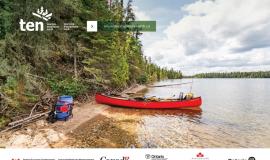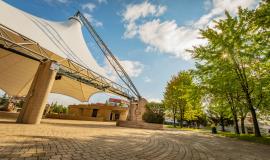
Jul 21, 2025
Northern Ontario Tourism Summit 2025 Keynote Speaker
Dr. Ivan JosephAward-Winning Performance Coach | Leadership and Cultural Transformation ExpertAn award-winning coach, prominent educator, and accomplished leader, Dr. Ivan Joseph has spent his career leading cultural transformation and building cohesive teams. His research has fo...
































